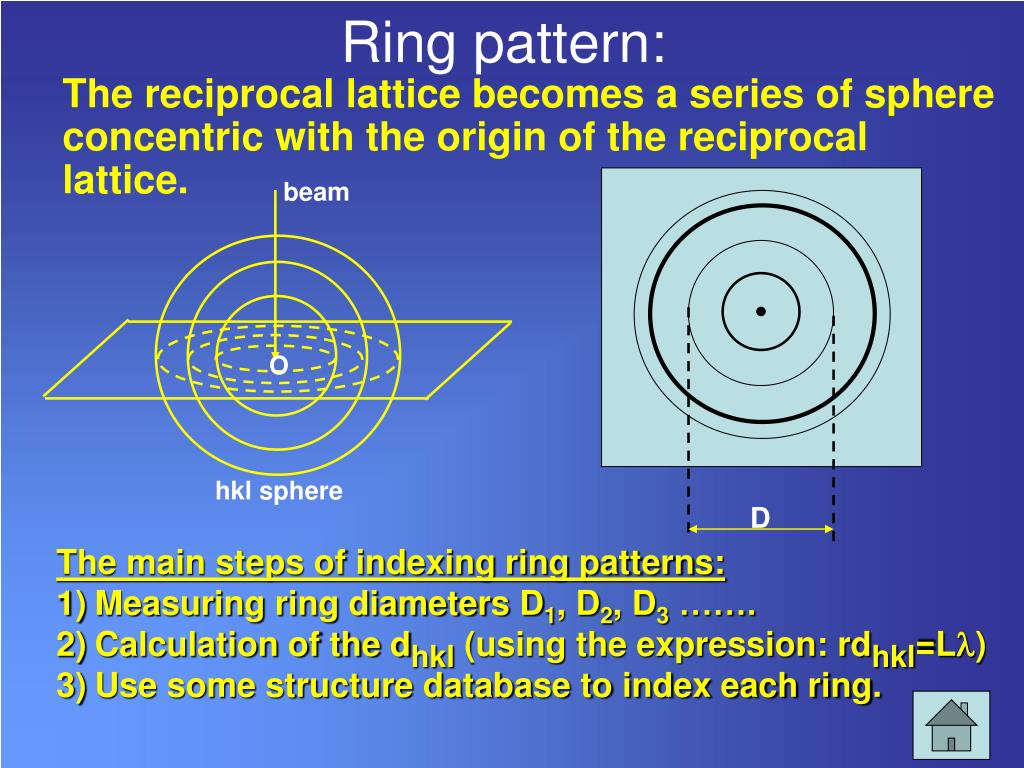

Thus, epitaxial films provide the possibility to increase our understanding of the fundamental behavior of these materials. Thin film properties can be systemically engineered (e.g., through adjustment of the substrate orientation) to probe changes in behavior as a function of microstructure. By contrast, binder-free thin films in direct contact with the electrolyte provide a material platform with well-defined structural characteristics which mitigates issues related to structural heterogeneity and the limitations associated with global or local characterization techniques. Global measurements reflect an ensemble average while site specific measurements can suffer from sampling bias. Variation in crystal structure, size, morphology, and composition will result in changes in performance. Learning to control the domain structure now presents itself as a challenge to realize the potential of low symmetry battery materials grown in epitaxy on high symmetry substrates.īattery electrode materials are often studied in powder form, which is a limited approach for establishing fundamental structure-property relationships due to sample heterogeneity. Variants disrupt the orientation anisotropy expected of these layered materials when grown in epitaxy, thereby masking differences in electrochemical behavior as a function of substrate orientation. A combination of imaging and diffraction identifies the presence of orientational variants. Cyclic voltammetry measured the response of these positive electrode materials, while the film structure was characterized using scanning transmission electron microscopy. Films were grown by pulsed laser deposition onto SrRuO 3/SrTiO 3 substrates with (001) and (111) orientations.

The monoclinic phase is a layered structure and as such lithium diffusion is favored along specific crystallographic directions. Here we demonstrate the growth, testing, and characterization of monoclinic-phase (space group C2/ m) Li-Mn-Ni-Co-O epitaxial films. Films of battery materials grown in epitaxy offers the possibility to gain new insight into the role of physical structure on electrochemical behaviors. Due to the directional dependence of physical properties, it is advantageous to grow and then study materials in specific orientations.


 0 kommentar(er)
0 kommentar(er)
